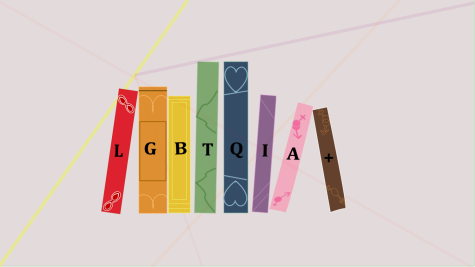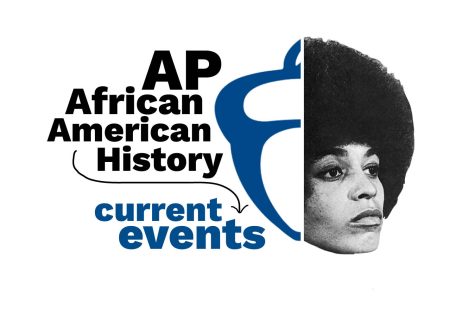Opinion: The Adversity Score Could Do More
Breaking down the good and the bad about the College Board’s new data collection tool.
In May 2019, the College Board announced they will begin using economic and social data for an “Adversity Score” on the Scholastics Aptitude Test (SAT). As we approach the new school year, it’s important to know how this data could affect you and your peers.
What is the Adversity Score?
According to the College Board, a three-part Environmental Context Dashboard is used to collect data that “shines a light on students who have demonstrated resourcefulness to overcome challenges and achieve more with less.” The first component of the Dashboard is the student’s individual SAT score. The next component is information on the student’s high school (senior class size, percentage of students on free/reduced price lunch, etc.). The third component is examining data based on the student’s neighborhood and high school environment.
All of the data comprised are modeled using census tracts, a form of categorizing geographical areas designated for analyzing populations. These census tracts consist of income, family structure, housing, and educational attainment. Likelihood of crime is an addition specific only to the neighborhood census tract.
All students residing within the same census tract will have corresponding neighborhood data and all students attending the same high school will receive the same high school data. The neighborhood and high school sections encompass a percentile between one and 100 — one being the least disadvantaged and 100 being the most disadvantaged. On a state and national level, the neighborhood and high school measures are both presented as percentiles.
These percentiles translate to an “Adversity Score” designed to uncover economic and social challenges students may deal with to see how they correlate to their SAT scores.
What’s the Issue?
Over the years, there’s been a broader public acknowledgment of the fact that not all students come into a testing environment with the same advantages. Through research and data collection, the College Board has worked to create a score in hopes of leveling the playing field for all students. The Adversity Score does not affect what a student scores on the SAT, but serves as a tool for college admissions officials to choose to use when examining students.
Although the Adversity Score does recognize that a student’s home life and environment can affect a students test taking performance, it fails to examine students on an individual level. Students aren’t statistics — and much more goes on behind the scenes than what part of town they live in or how much their family makes.
A vital element that is left out of this score is race and ethnicity. In some states, college officials are not allowed to use race as a factor in admissions. In an interview with the Educational Writers Association, Connie Betterton, a vice president at the College Board, explained that the Adversity Score is not meant to be individual, so race is intentionally not a part of the score.
“We felt it was important to keep a very firm line: the dashboard is about general contextual information; the student’s application itself contains all the individual level data,” Betterton explained.
While the student’s application does present individual level data, leaving out crucial factors such as race and ethnicity weakens the process of understanding challenges that set students apart when testing. In order for the score to be impactful, it does need to be individual. Keeping things on a general level would make the false assumption that all students are connected by the same experiences. For example, a poorer student of color attending school in a wealthy neighborhood would not have the same resources as a more privileged white student. They can’t afford the same SAT prep classes or tutors. Their guardians might not be able to help them study because they’re restrained to many jobs. Their SAT score might be the least of their worries because of the emotional baggage they carry day to day. Not to say all students don’t have struggles, but people of color are usually left out of the narrative while white students are in the spotlight.
Where do we go from here?
The Adversity Score is still new, and is planning to launch to 100-150 schools in the fall of 2019. This allows it to be implemented on a greater scale and, depending on the success of the launch, could lead to the score becoming a more individual analysis. Recognizing race and individual experience would be the next big step for the College Board in providing equal opportunity on standardized tests. Incorporating neighborhood and high school environment data proves that the College Board is attempting to bring attention to the struggles certain students may face; nonetheless, it is a step in the right direction.
Donations are collected through The Publishers, duPont Manual High School's booster club for J&C. On The Record relies completely on sponsorships, advertisements, and donations to produce and distribute each issue. Please consider donating to our cause, and helping the student journalists of OTR amplify youth voices for years to come.







